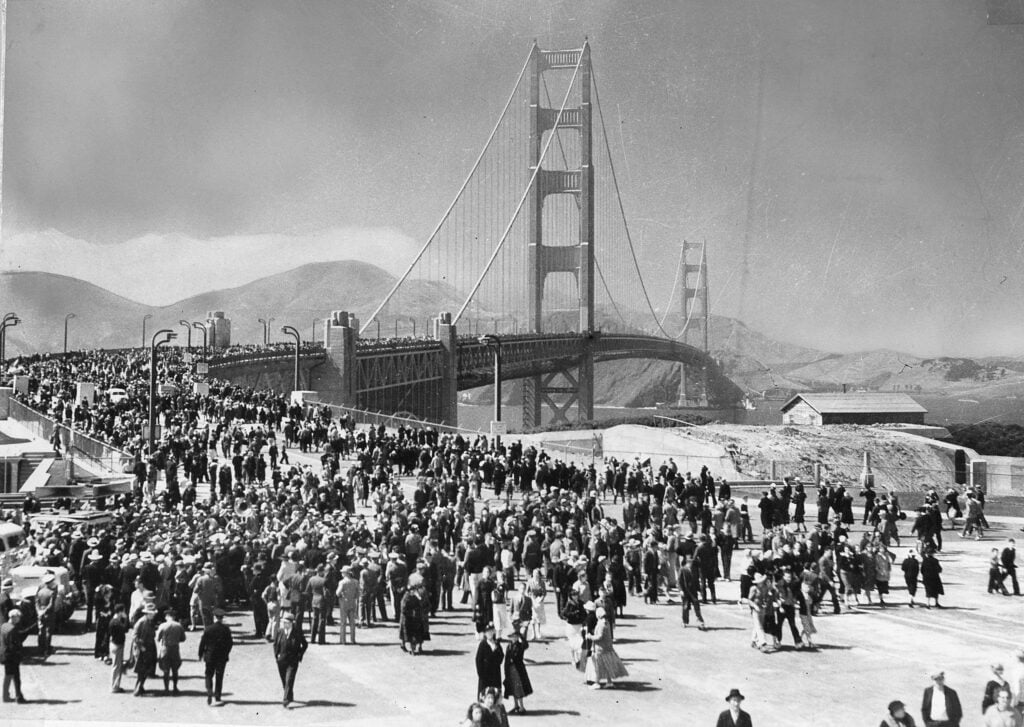On 27 May 1937, one of the most iconic landmarks in the United States—and indeed the world—opened to the public: the Golden Gate Bridge, connecting San Francisco to Marin County, California. The opening marked the end of a four-year construction effort that overcame challenging engineering conditions, strong tides, and economic pressures during the Great Depression.

At the time of its completion, the Golden Gate Bridge was the longest suspension bridge in the world, with a main span of 1,280 metres (4,200 feet). Its elegant Art Deco design and striking International Orange colour have since made it a global symbol of innovation, ambition, and the spirit of California. More than just an architectural feat, the bridge revolutionised transport and commerce in the Bay Area, replacing a slow ferry system and greatly improving access between San Francisco and its northern neighbours.
The Golden Gate Bridge has since become a magnet for visitors from around the world. Every year, millions of tourists travel to San Francisco to walk, cycle, or drive across its span, take photographs from its scenic overlooks, or simply admire it shrouded in the city’s iconic fog. It is more than a means of crossing water—it is a cultural icon, a tribute to American ingenuity, and one of the most photographed structures on Earth.
Also read: ON THIS DAY: Shakespeare’s sonnets first published (1609)


